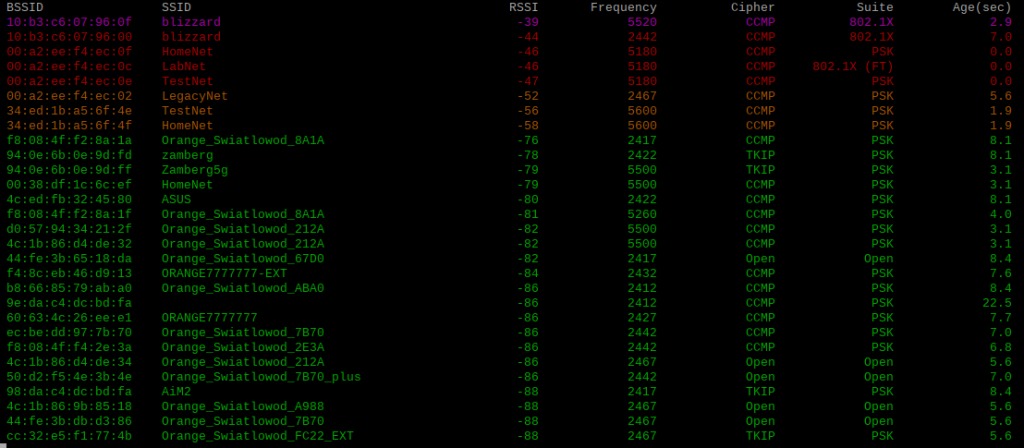The idea for this post came about from just wanting to play around with Scapy. Not having spent any time on it before, it was high time to see what this excellent packet crafting tool was all about. There was no well-defined end goal here, only a desire to dissect some packets. In the end (about 20 hours later), what came out of it is essentially a Wi-Fi network reconnaissance tool. As such, it almost feels obligatory to have a disclaimer stating that the content provided here is for educational purposes only, if it wasn’t for the fact that the tool is harmless (besides exposing networks with weak security that is…).
